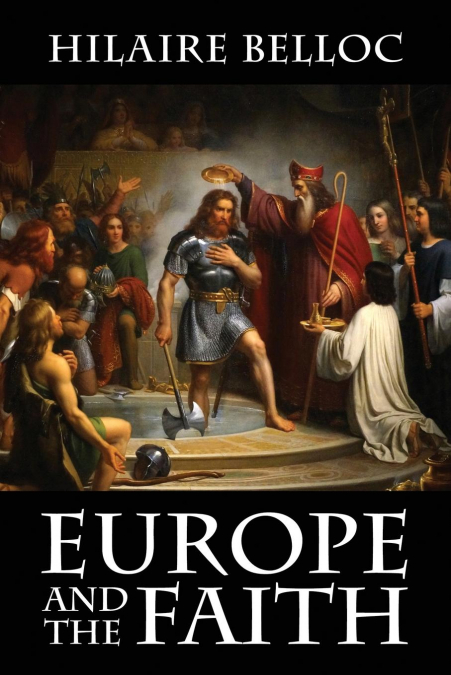
 Librería Perelló (Valencia)
Librería Perelló (Valencia)
 Librería Aciertas (Toledo)
Librería Aciertas (Toledo)
 Librería Elías (Asturias)
Librería Elías (Asturias)
 Donde los libros
Donde los libros
 El AlmaZen del Alquimista (Sevilla)
El AlmaZen del Alquimista (Sevilla)
 Librería Kolima (Madrid)
Librería Kolima (Madrid)
 Librería Proteo (Málaga)
Librería Proteo (Málaga)
“You have been told ‘Christianity (a word, by the way, quite un- historical) crept into Rome as she declined, and hastened that decline.’ That is bad history. Rather accept this phrase and retain it: ‘The Faith is that which Rome accepted in her maturity; nor was the Faith the cause of her decline, but rather the conservator of all that could be conserved.”“In the next period—the Dark Ages—the Catholic proceeds to see Europe saved against a universal attack of the Mohammedan, the Hun, the Scandinavian: he notes that the fierceness of the attack was such that anything save something divinely instituted would have broken down. The Mohammedan came within three days’ march of Tours, the Mongol was seen from the walls of Tournus on the Sâone: right in France. The Scandinavian savage poured into the mouths of all the rivers of Gaul, and almost overwhelmed the whole island of Britain. There was nothing left of Europe but a central core.”“Nevertheless Europe survived. In the refloresence which followed that dark time—in the Middle Ages—the Catholic notes not hypotheses but documents and facts; he sees the Parliaments arising not from some imaginary ‘Teutonic’ root—a figment of the academies—but from the very real and present great monastic orders, in Spain, in Britain, in Gaul—never outside the old limits of Christendom. He sees the Gothic architecture spring high, spontaneous and autochthonic, first in the territory of Paris and thence spread outwards in a ring to the Scotch Highlands and to the Rhine. He sees the new Universities, a product of the soul of Europe, re-awakened—he sees the marvelous new civilization of the Middle Ages rising as a transformation of the old Roman society, a transformation wholly from within, and motived by the Faith.”—Hilaire Belloc